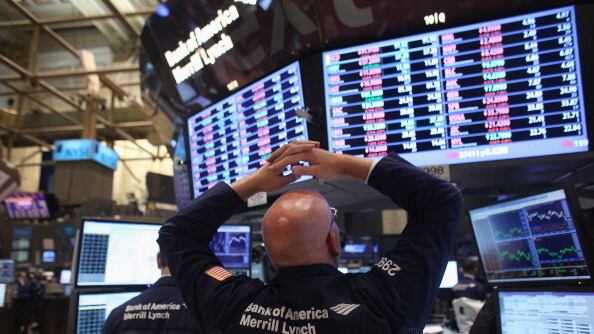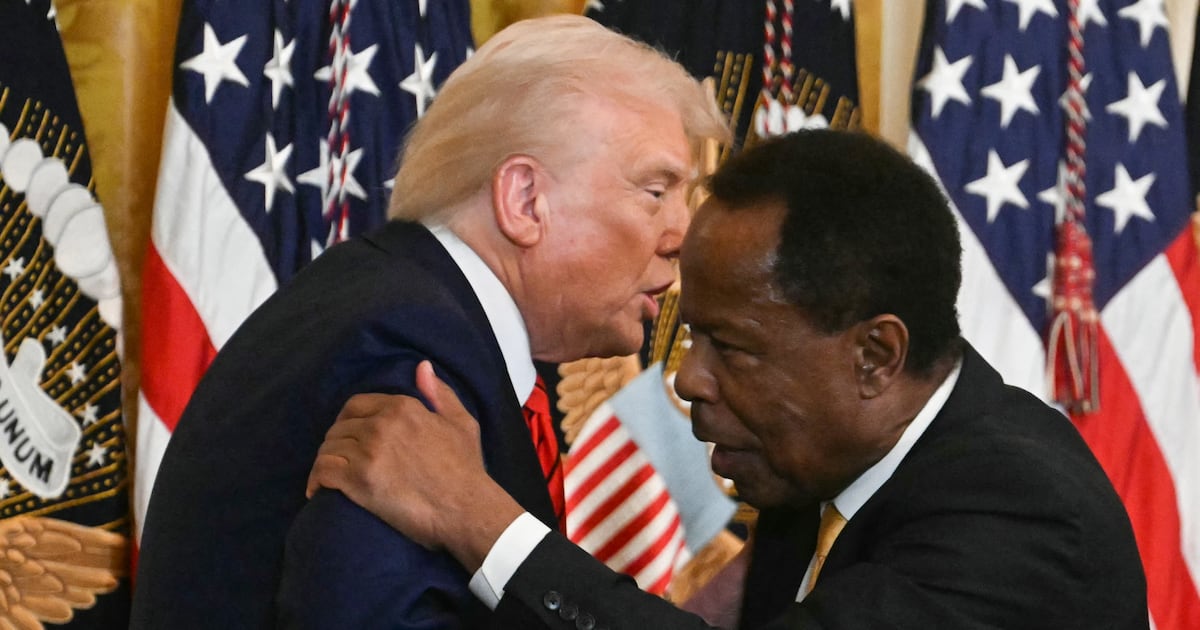
Felix Salmon links to an animation that shows how much trading has taken place across all of America's stock markets. The data shows that the volume of trading has increased dramatically and that it is not clear that this correlates with any real gains or growth in the stock market:
What we see here is relatively low levels of high-frequency trading through all of 2007. Then, in 2008, a pattern starts to emerge: a big spike right at the close, at 4pm, which is soon mirrored by another spike at the open. This is the era of traders going off to play golf in the middle of the day, because nothing interesting happens except at the beginning and the end of the trading day. But it doesn’t last long.
By the end of 2008, odd spikes in trading activity show up in the middle of the day, and of course there’s a huge flurry of activity around the time of the financial crisis. And then, after that, things just become completely unpredictable. There’s still a morning spike for most of 2009, but even that goes away eventually, to be replaced with sheer noise. Sometimes, like at the end of 2010, high-frequency trading activity is very low. At other times, like at the end of 2011, it’s incredibly high. Intraday spikes can happen at any time of day, and volumes can surge and fall back in pretty much random fashion.
It’s certainly fair to say that if you take a long, five-year view, then you can see a clear rise in trading activity. But it’s also fair to say that there’s something quite literally out of control going on here. Just as the quants at Knight found themselves unable to turn off their machines for 30 long minutes last week, the HFT world in aggregate seemingly has a mind of its own when it comes to trading patterns. Or, to put it another way, if there’s a pattern here, it’s one incomprehensible to human minds.
Many of these trades are taking place automatically by computer, and Salmon questions the wisdom of letting so much money pass through automated hands:
The stock market today is a war zone, where algobots fight each other over pennies, millions of times a second. Sometimes, the casualties are merely companies like Knight, and few people have much sympathy for them. But inevitably, at some point in the future, significant losses will end up being borne by investors with no direct connection to the HFT world, which is so complex that its potential systemic repercussions are literally unknowable. The potential cost is huge; the short-term benefits are minuscule. Let’s give HFT the funeral it deserves.







